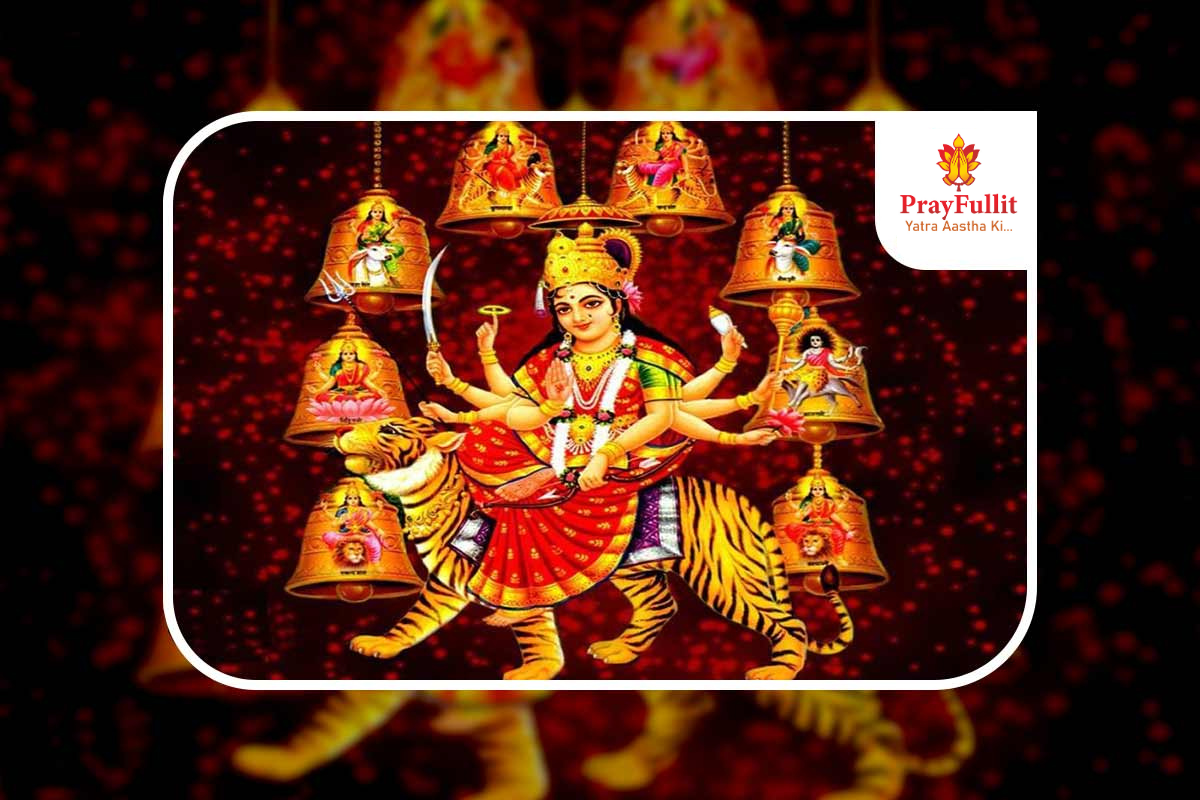
Durga Saptashati, also known as Chandi Path, is a revered scripture in Hinduism, particularly among followers of Goddess Durga. It consists of 700 sholkas and is part of the larger text known as the Markandeya Purana. The recitation of this text is believed to invoke the divine blessings of Goddess Durga and remove obstacles and negativity.
Key Features
Structure:- The text is divided into 13 chapters (called "Adhyayas") and describes the various forms of Goddess Durga, her battles against demons, and her divine attributes.
Preparation:- Cleanse the area where the Paath will be conducted. Set up an altar with a picture or idol of Goddess Durga.
Sankalp (Intention):- The organizer or priest makes a vow to dedicate the Paath for a specific purpose, invoking blessings for health, prosperity, and protection.
Recitation:- The Paath can be performed by an experienced priest or by a group of devotees. It is typically recited with devotion and focus, often taking several hours to complete.
Offering Prasad:- Devotees make offerings to the Goddess during the recitation, including flowers, fruits, and sweets.
Aarti:- After the Paath, Aarti is performed, and devotional songs dedicated to Goddess Durga may be sung to express gratitude and reverence.
Conclusion:- The ritual is concluded with a prayer for peace and well-being. Prasad is distributed among participants as a blessing from the Goddess.
Significance
Spiritual Cleansing:- Reciting the Saptashati is believed to purify the mind and soul, bringing about inner peace and strength.
Protection:- Devotees seek protection from negative energies and obstacles in life.
Empowerment:- The verses empower devotees, instilling courage and determination.
When to Perform:- The Durga Saptashati Paath is especially popular during the festival of Navratri, but it can be performed at any time when one seeks the blessings of Goddess Durga.